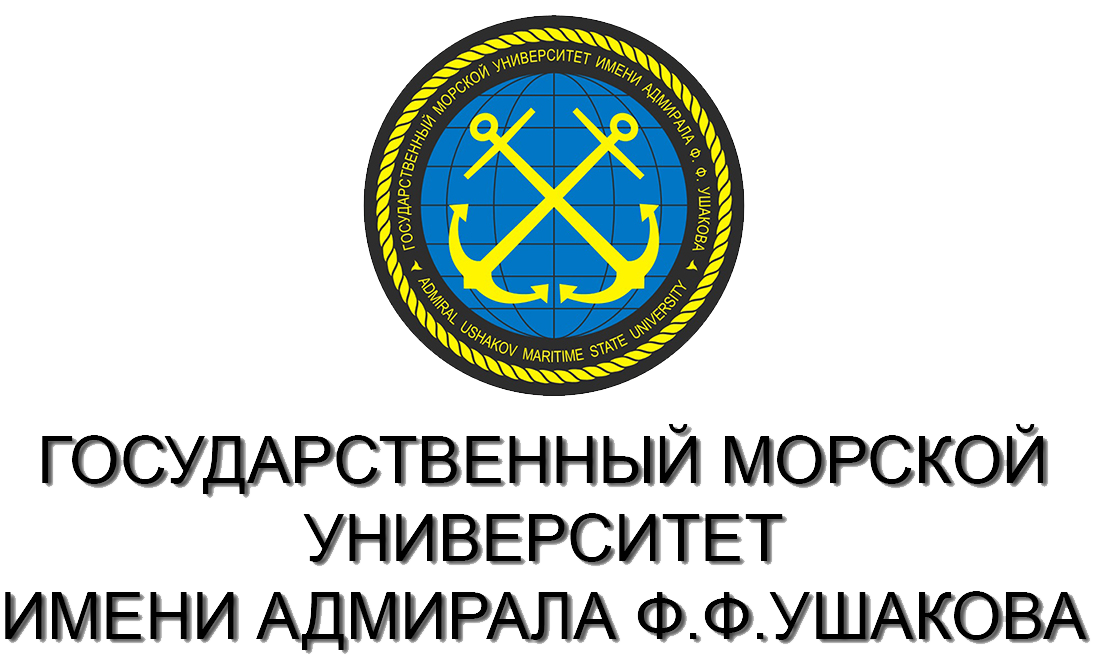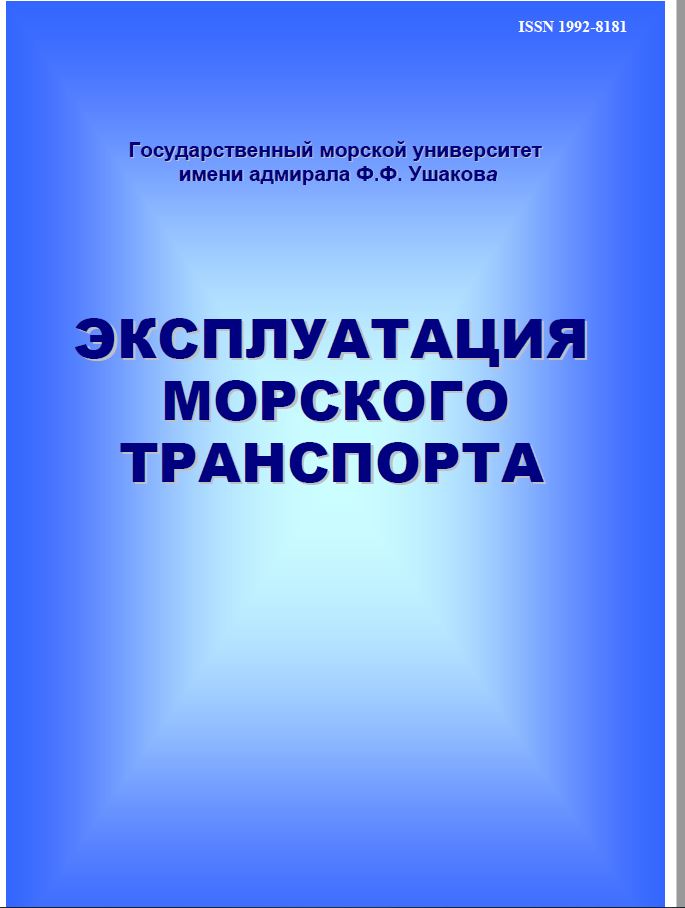Russian Federation
The article considers computer vision technologies based on deep convolutional neural networks. Application of neural networks is particularly effective for solving difficult formalized problems. As a result convolutional neural network architecture to the problem of recognition and classification of marine objects on images is implemented. In the research process a retrospective analysis of computer vision technologies was performed and a number of problems associated with the use of neural networks were identified: vanishing gradient, overfitting and computational complexity. To solve these problems in neural network architecture development, it was proposed to use RELU activation function, training some randomly selected neurons and normalization for simplification of neural network architecture. Comparison of ReLU, LeakyReLU, Exponential ReLU, and SOFTMAX activation functions used in the neural network implemented in Matlab R2019b.The computer program based on convolutional neural network for marine objects recognition implemented in Visual C# programming language in MS Visual Studio 2019 integrated development environment. The program is designed for automated identification of marine objects, produces detection (i.e., presence of objects on image), and objects recognition with high probability of detection.
deep machine learning, convolutional neural networks, pattern recognition, image processing, computer vision, object tracking systems, activation function
1. Astrein V.V., Kondrat'ev S.I., Hekert E.V. Algoritm samoorganizacii grupp sudov dlya preduprezhdeniya stolknoveniy // Ekspluataciya morskogo transporta. Gos. morskoy universitet im. admirala F.F. Ushakova, Novorossiysk. - 2016,-№2(79).-S. 45-50.
2. Polkovnikova N.A., Polkovnikov A.K. Sistema podderzhki prinyatiya resheniy dlya vybora rezhima i prognozirovaniya otkazov glavnogo sudovogo dvigatelya // Ekspluataciya morskogo transporta. Gos. morskoy universitet im. admirala F.F. Ushakova, Novorossiysk. - 2019-№3(92).-S. 170-180.
3. Pyatakovich V.A., Pyatakovich N.V., Pashkeev S.V. Primenenie neyrosetevyh tehnologiy iskusstvennogo intellekta v strukture sistemy monitoringa i kontrolya morskoy sredy sredstvami voenno-morskogo flota // Strategicheskaya stabil'nost' - 2018 - № 3 (84). - S. 53-62.
4. Magg V., Ward M. Artificial intelligence in practice. -Wiley, 2019.-340 p.
5. Klette P. Komp'yuternoe zrenie. Teoriya i algoritmy / per. s angl. A.A. Slinkin. - M.: DMK Press, 2019. - 506 s.
6. Krolm J., Grant V., Aglae V. Deep learning illustrated: a visual interactive guide to artificial intelligence. -Addison-Wesley Professional, 2019. -416 P-
7. Rebala G., Ravi A., Sanjay C. An introduction to machine learning. - Springer, 2019. - 263 p.
8. Harley A.W. An interactive node-link visualization of convolutional neural networks. International Symposium on Visual Computing, Springer, 2015. - 867-877 pp.
9. Wei Qi Yan. Introduction to intelligent surveillance. - Springer, 3rd edition, 2019. - 222 p.
10. LeCun Y. Deep Teaming Hardware: Past, Present, and Future. IEEE International Solid-State Circuits Conference-(ISSCC), 2019. - 12-19 pp.
11. LeCun Y., Bengio Y., Hinton G. Deep learning. Nature, vol. 521 (7553), 2015.-436-444 pp.
12. Krizhevsky A., Sutskever I., Hinton G.E. Imagenet classification with deep convolutional neural networks. Advances in neural information processing systems, 2012. - 1097-1105 pp.
13. Shanmugamani R. Deep Teaming for Computer Vision: Expert techniques to train advanced neural networks using Tensorflow and Keras. - Packt Publishing, 2018. - 312 p.
14. Thakkar M. Beginning machine learning in iOS: CoreML Framework. - Apress, 2019.- 157 p.
15. Teskovec J., Rajaraman A., Ullman J.D. Mining of Massive Datasets. - Cambridge University Press, 3rd edition, 2019. - 583 p.
16. Redmon J., Farhadi A. YOT09000: Better, Faster, Stronger. Proceedings of the IEEE conference on computer vision and pattern recognition, 2017. -7263-7271 pp.
17. Deep Reinforcement reaming Doesn't Work Yet https://www.alexirpan.eom/2018/02/14/rl-hard.html (Data obrascheniya 16.12.2019)
18. Nikolenko S., Kadurin A., Arhangel'skaya E. Glubokoe obuchenie. - SPb.: Piter, 2018. -480 s.
19. Kwanghyun K., Sungjun H.,Baehoon C.,Euntai K. Probabilistic Ship Detection and Classification Using Deep reaming. Applied Sciences, vol. 8, no. 936, 2018. - 1-17 pp.
20. Zhenfeng Shao, Wenjing Wu, Zhongyuan Wang, Wan Du, Chengyuan Ti. SeaShips: a large-scale precisely annotated dataset for ship detection. IEEE transactions on multimedia, vol. 20, no. 10, 2018. -2593-2604 pp.
21. Recent advances on memetic algorithms and its applications in image processing. Editors: Hemanth D.J., Kumar B.V., Karpagam Manavalan G.R. -Springer, 2020. - 199 p.











